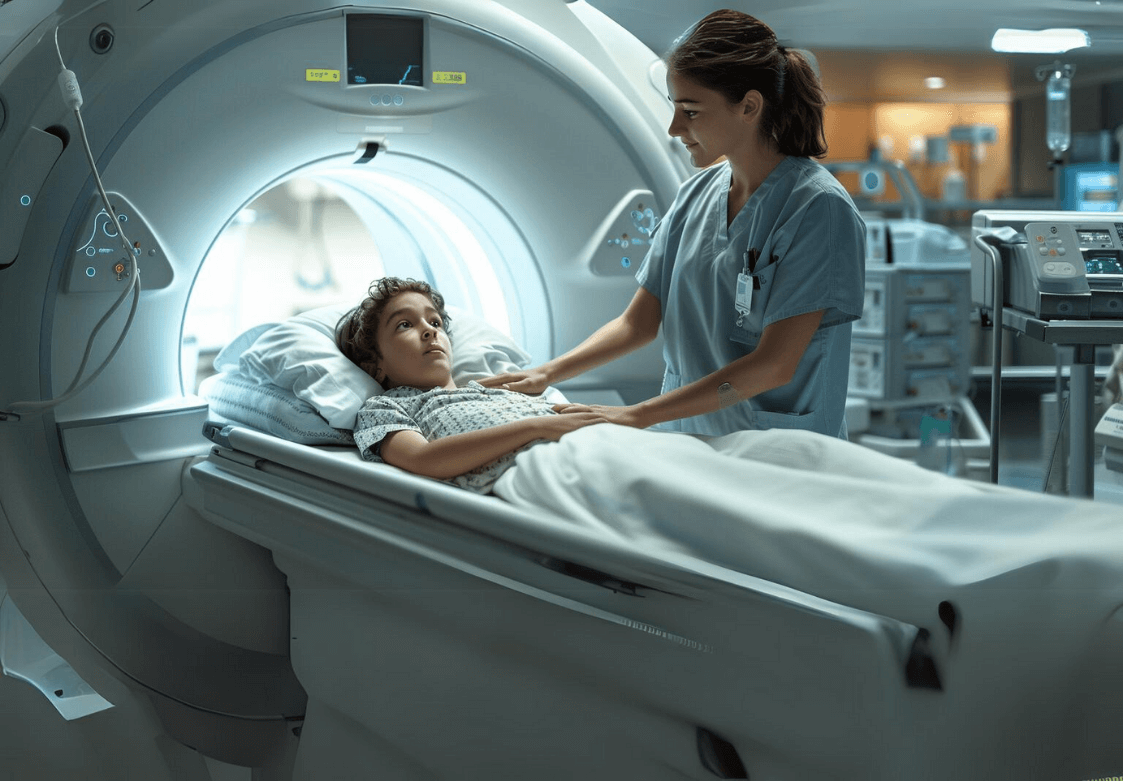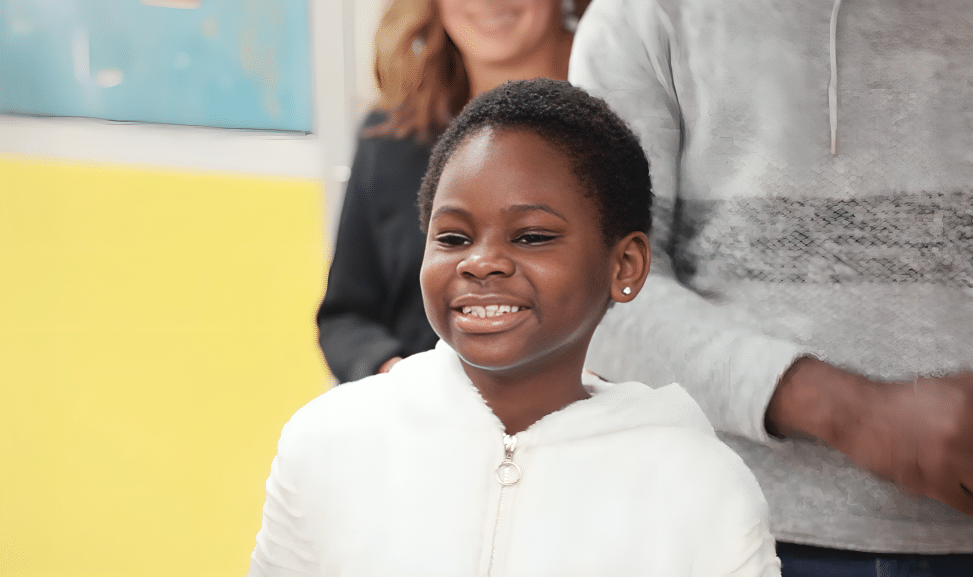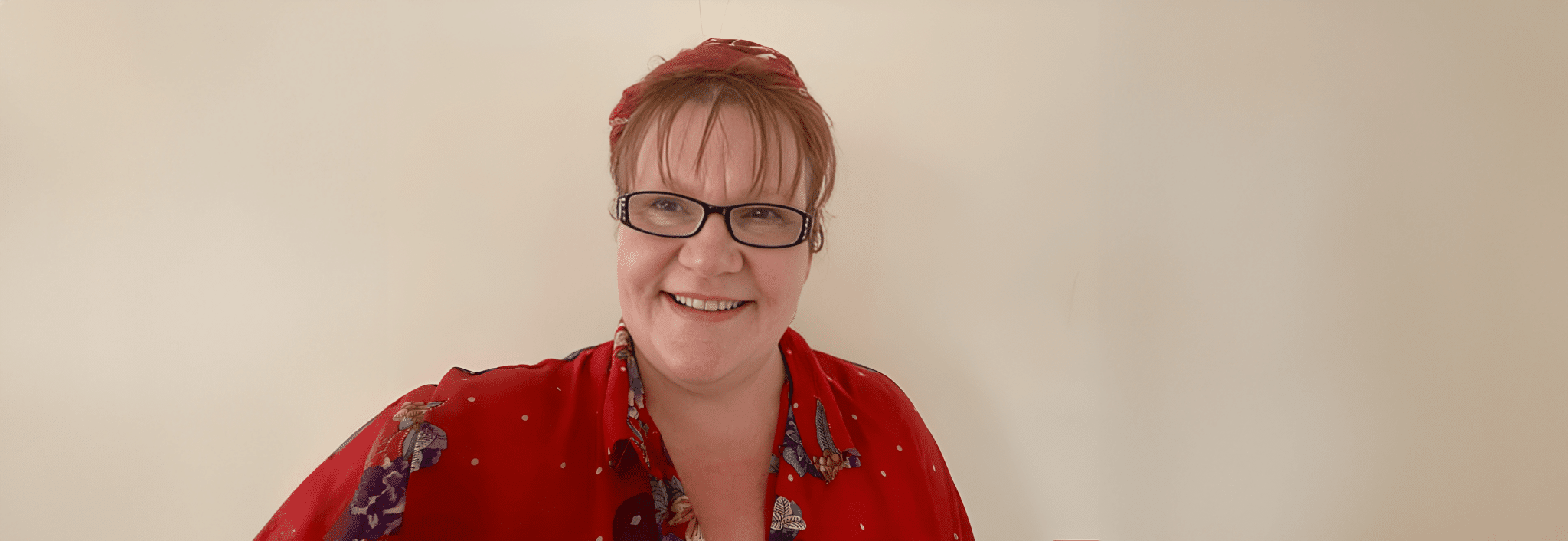Mark relates, “The first time we came to Sheba, Tristan was only 13 days old. His congenital heart disease was revealed two days before he was born. All the prior tests showed no problem. Due to the seriousness, we had to act quickly.”
Tristan was suffering from hypoplastic left heart syndrome, in which the left side of the heart – the part that pumps oxygenated blood to the rest of the body – is underdeveloped. Its two chambers called the left atrium and the left ventricle, and their valves may be tiny, blocking the flow of oxygenated blood from the lungs.
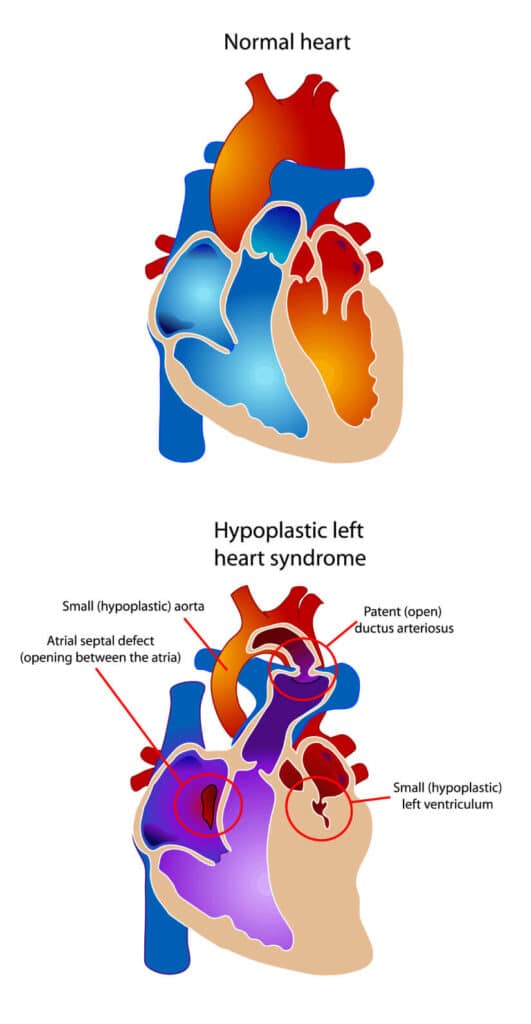
Babies with hypoplastic left heart syndrome may seem healthy at birth because of the ductus arteriosus, a major blood vessel in fetuses, is still open. Once the ductus arteriosus closes a few days after birth, blood flows to the lungs and then to the left side of the heart, where it is blocked and can’t circulate through the rest of the body.
Without treatment, babies afflicted with hypoplastic left heart syndrome can die within the first days or weeks of life. Treatment consists of a heart transplant or a series of operations to restore the function of the heart’s left side.
Mark continues, “We were lucky since our home country of Slovenia had an agreement with Dr. David Mishaly, who is a world- known specialist in Pediatric and Congenital Cardiothoracic Surgery. Initially I was worried about coming to Israel, a country I’m not familiar with, but since it was where I could receive the best medical treatment for my son’s condition, I had no doubt we had to go there. We could go to Germany or to Italy, but every doctor I consulted told me we should choose Dr. Mishaly – that he’s the best in this field.”
The first visit to Sheba lasted almost a month, and it was very stressful as Mark relives, “I don’t remember where I ate. I don’t remember where I slept, nothing. All of my thoughts and my energy were focused on Tristan and his treatment. However, I remember very well the compassion and attention we received from all the medical staff who accompanied us through this period.
They were very cooperative and helped us with every question. Rima, our designated medical coordinator, was at our service the entire time, explaining and helping to make arrangements. I remember, when we came in the middle of the night on the air ambulance, the nurse who came to welcome us in the emergency department asked me if I needed any help. I asked her to bring me coffee.
She went to the kitchen and brought me a cup of coffee, and only then she said “You know, I’m the nurse.” I was a little embarrassed, but that is just one small example of how helpful the staff has been. A few days ago I saw a nurse who treated Tristan a year ago, and she came to say hello. She remembered him and was excited to see him again.”
The surgery Tristan underwent that first time, the Norwood Procedure, is quite complicated but went very well. Treatment for hypoplastic left heart syndrome requires either a three-step surgical procedure called staged palliation or a heart transplant. Staged palliation is considered one of the major achievements of congenital heart surgery in recent years.
This three-step surgery procedure is designed to create normal blood flow in and out of the heart, allowing the body to receive the oxygenated blood it requires.
Mark again, “Now, when we come to Sheba, we feel at home. Tristan doesn’t remember the procedures, but he remembers the toy train in the lobby of the Edmond J. Safra International Congenital Heart Center. During the summer he collected shells on the beach, saying he’s going to bring them to Dr. Mishaly.
For me, that’s priceless. For three years, we have been coming back to Sheba to continue his treatments – surgery and catheterization. This is our fourth visit, and hopefully the last time we visit Israel for medical treatment. However, we are excited to visit on happier occasions, to travel and to see the country beyond Sheba.”
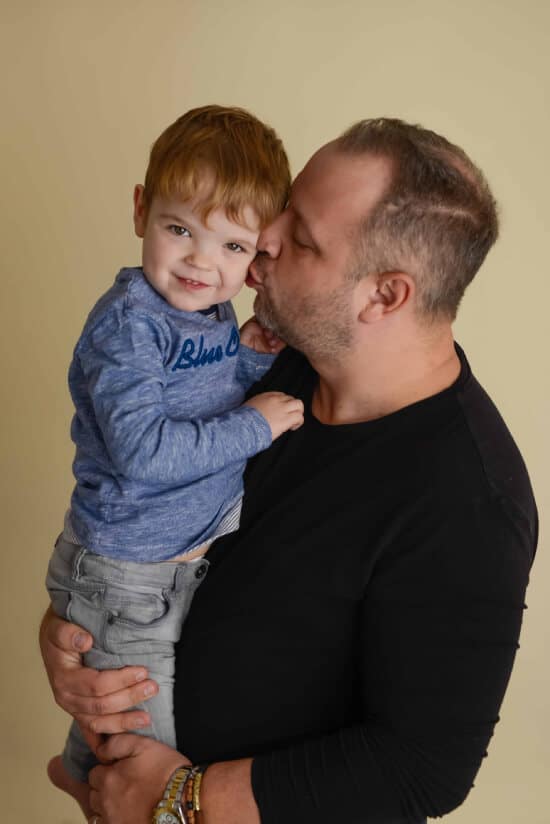
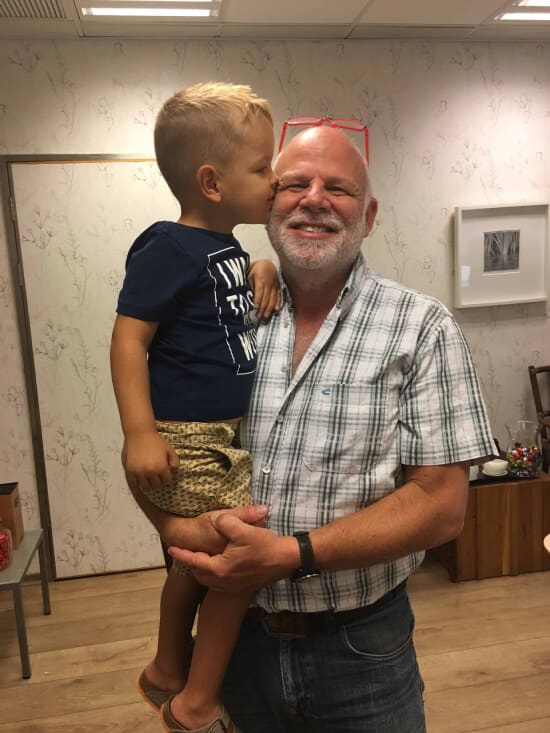
Tristan’s surgery and other procedures themselves. “I’m lucky to have the ability to provide Tristan with the best medical treatment,” says Mark. “But no parent should be forced to settle for less for their child.”
Mark sums up, “When Tristan was born, the doctors told me he will live for just a few minutes, and now, 4 years later, he is an active boy, going to kindergarten, riding a bicycle, and leading the life of a healthy boy his age. It is unbelievable for us.
We have Dr. Mishaly and the entire Sheba team to thank for that. I cannot even put into words how grateful I am. I know that if we need medical treatment again, we will always come to Sheba. This is my family now, and I honestly think it’s the best you can get.”

